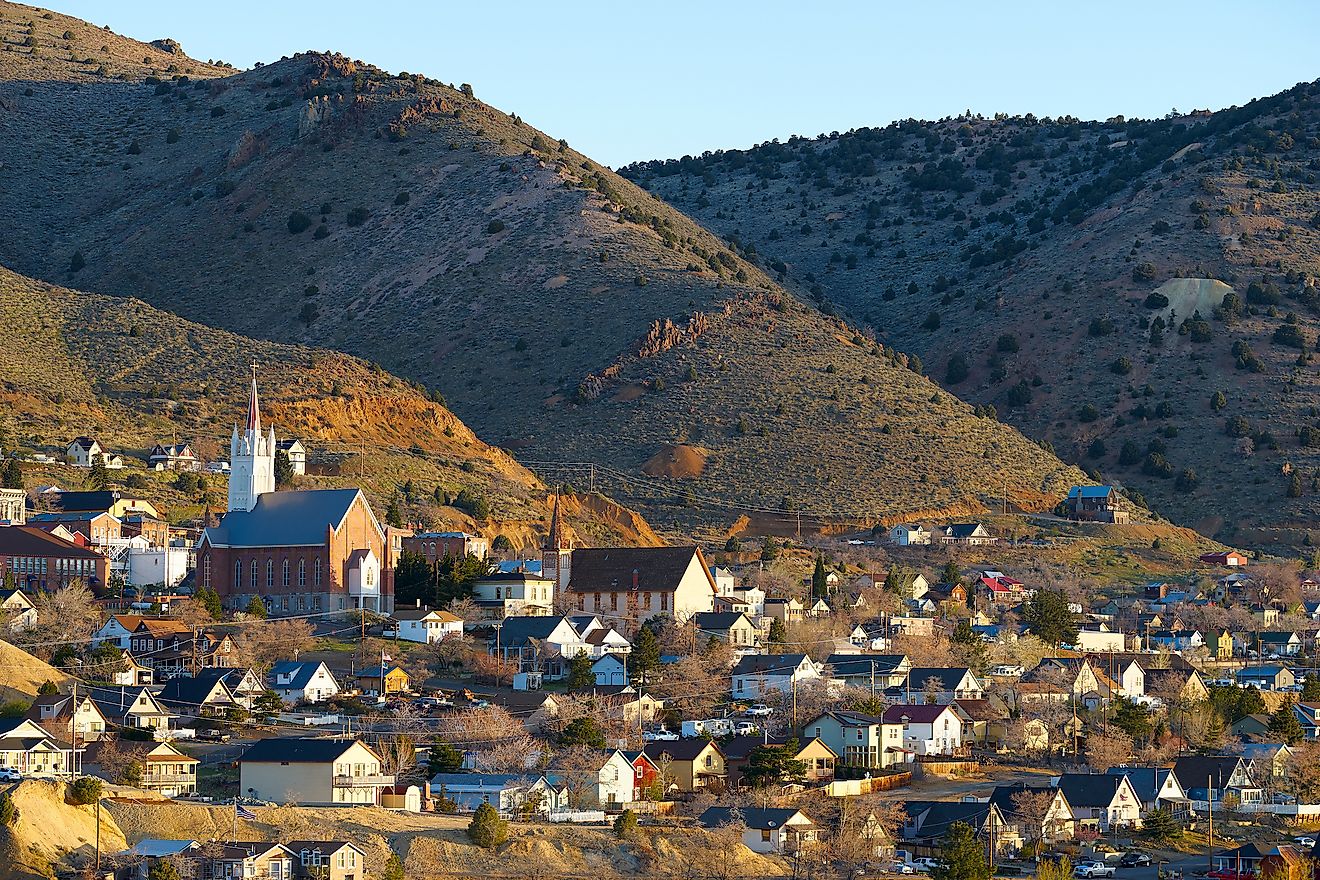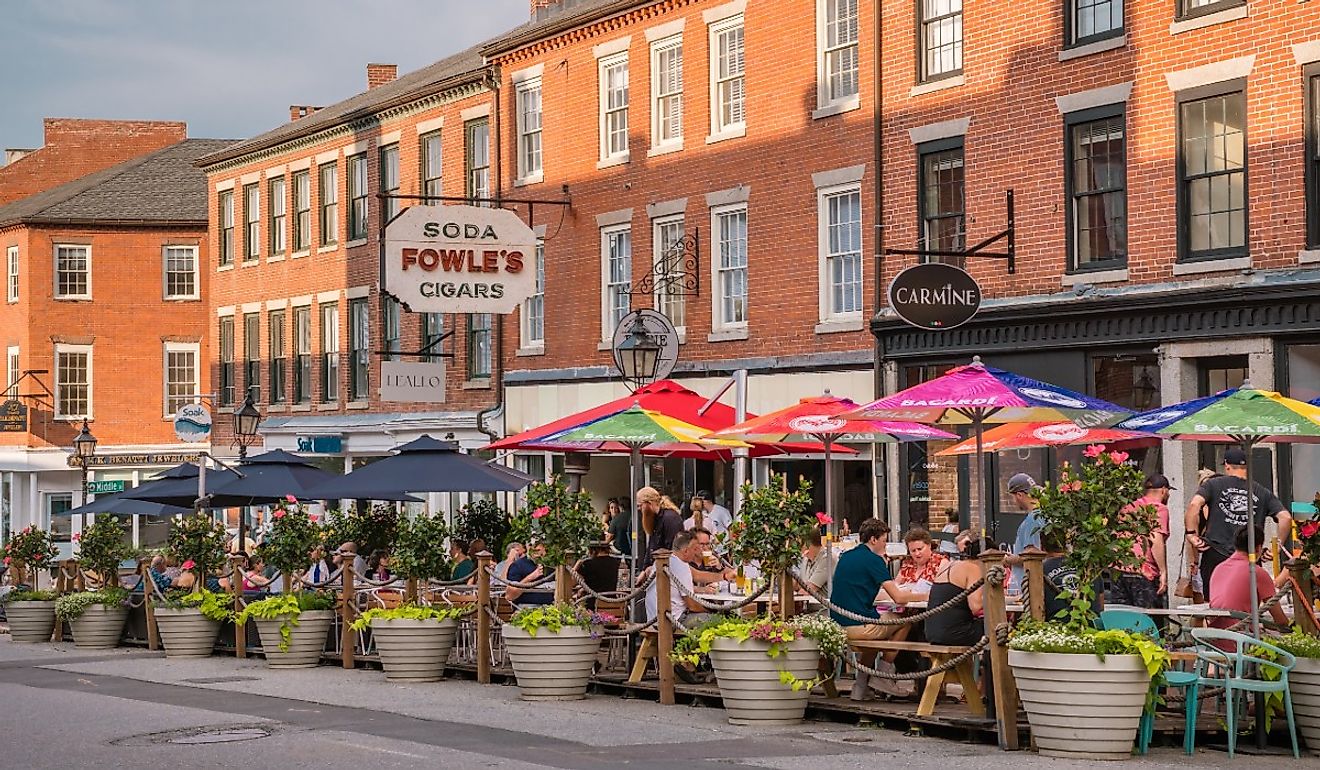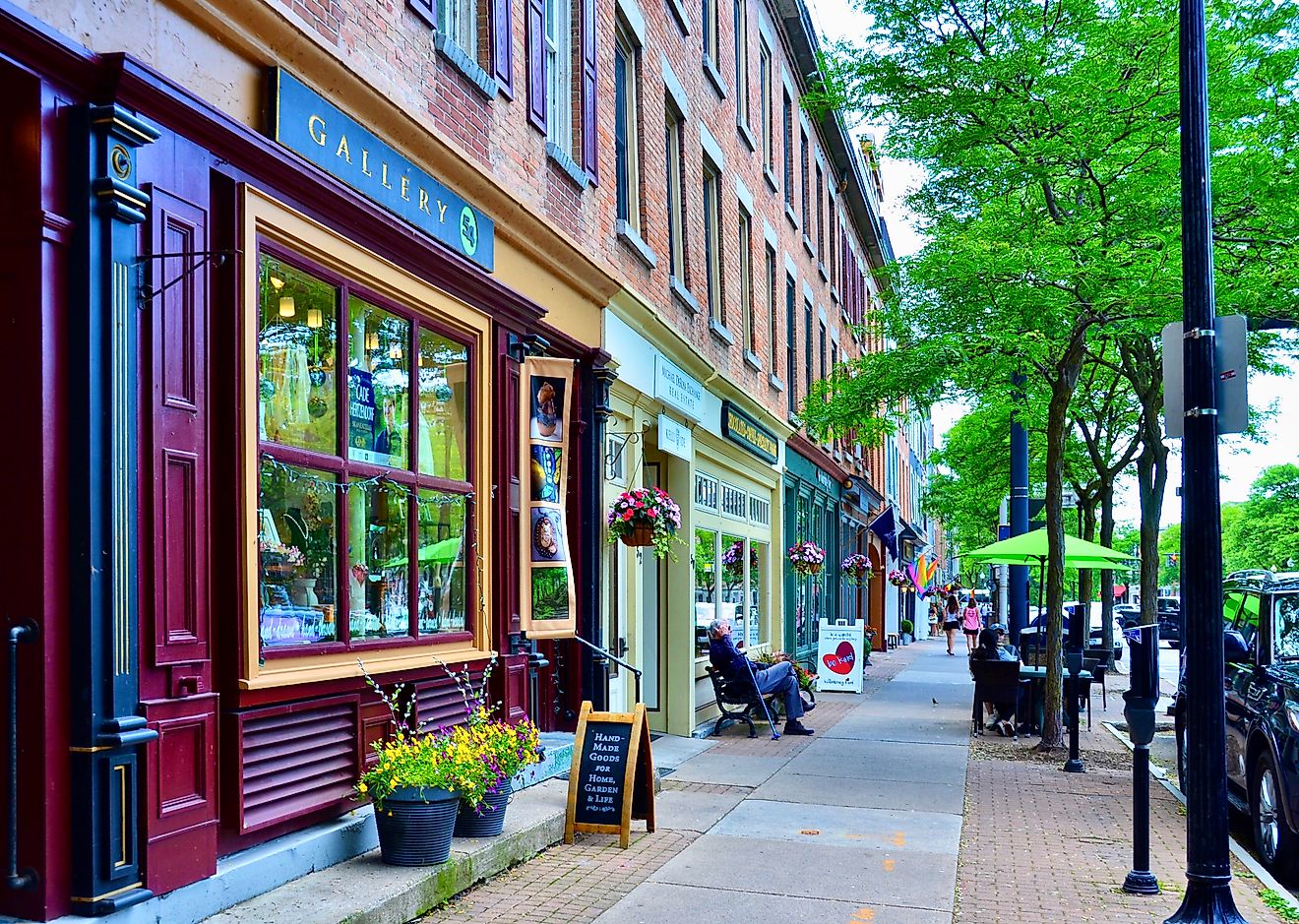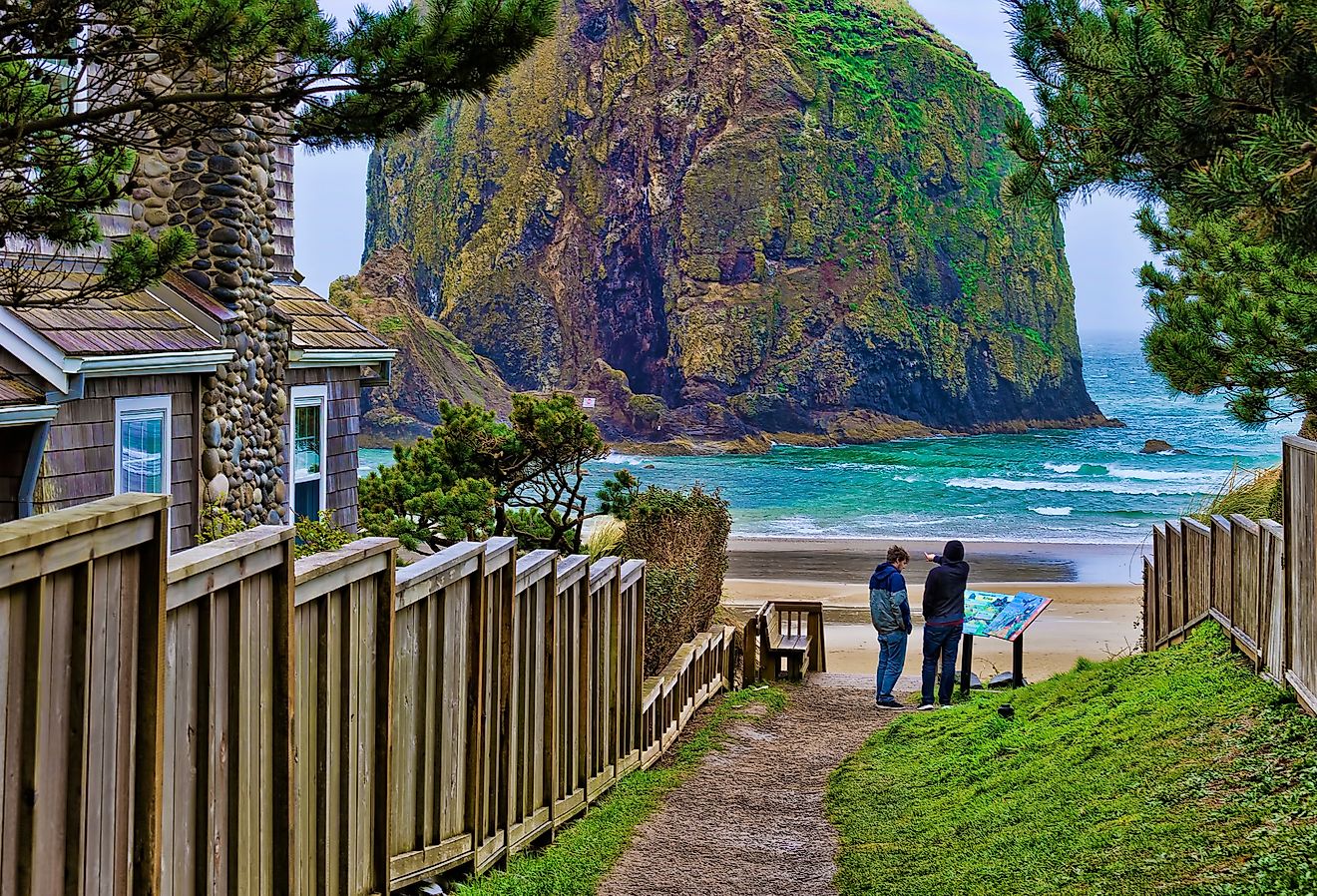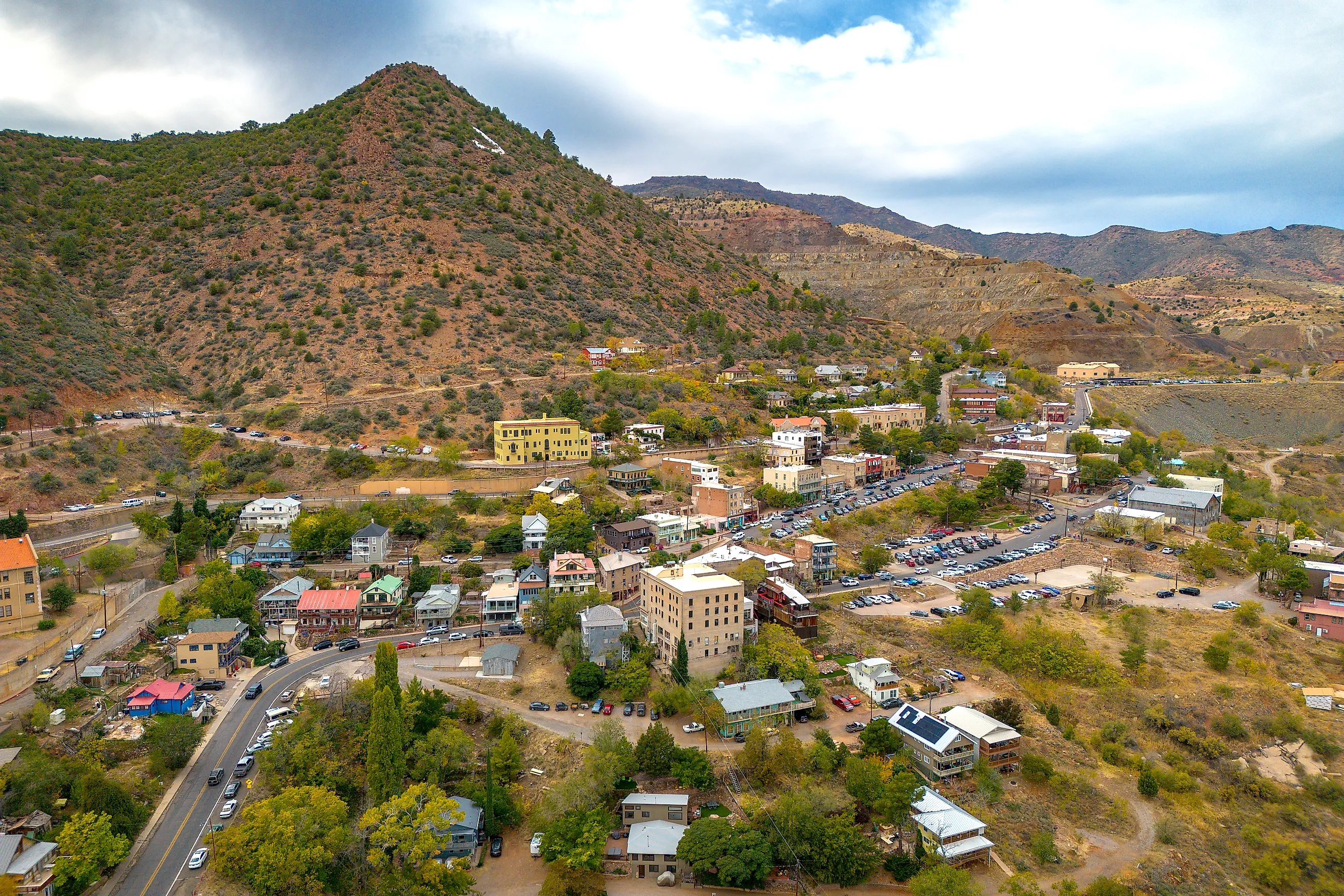
2025's Most Underrated Towns In Arizona
With postcards and travel sites plastered with Arizona's famed canyon, it is easy to see why "The Grand Canyon State" is synonymous with its iconic chasm. Grand Canyon National Park unsurprisingly welcomed nearly 5 million visitors in 2024, making it the third-most visited national park in the country that year. But what about Arizona’s other lesser-known attractions?
While visiting the Grand Canyon is a bucket-list experience for people across the globe, many travelers and Arizona natives are looking to expand their horizons in 2025. By opting for more off-the-beaten-track destinations in Arizona’s underrated small towns, travelers can engage in more authentic experiences in place of tourist traps, with the added perk of smaller crowds. From turquoise waterfalls to historic saloons, these towns and their wonders will reveal a vibrant side of Arizona you may not know existed.
Supai
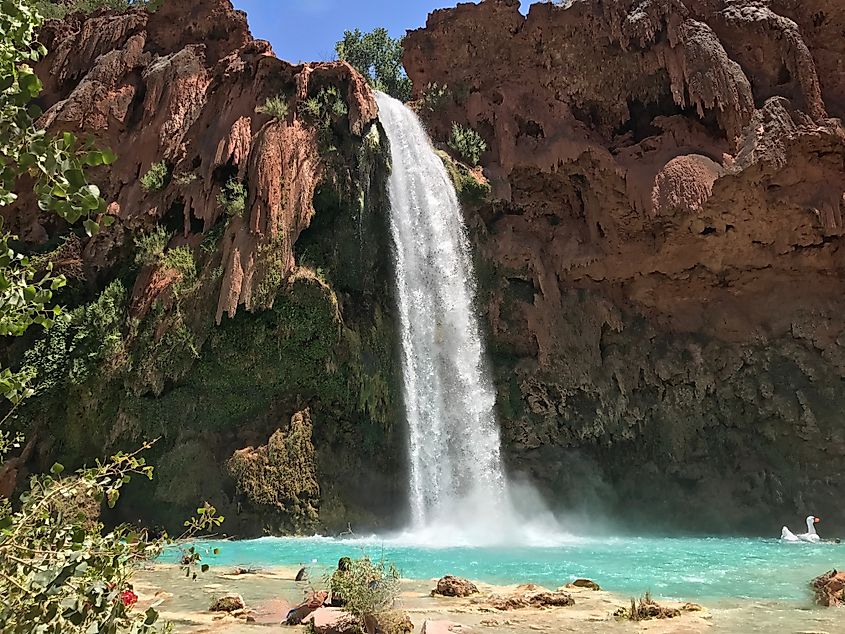
Only accessible by helicopter, horseback, or on foot, the Indigenous village of Supai is so remote, it is the last remaining place in the US where mail is delivered by mules. Hidden inside the Havasu Canyon on the southern side of the Colorado River, the Havasupai Tribe have lived here for over 1,000 years. While located only eight miles below the Grand Canyon rim, the village lies outside the jurisdiction of Grand Canyon National Park—a secret tucked away in one of Arizona’s busiest attractions.
Known as the People of the Blue Green Waters, the Havasupai Tribe has a deep connection to the area’s turquoise waterfalls. Although plenty are eager to witness its splendor, Supai’s sequestered setting and reservation requirements ultimately keep it so underrated and uncrowded. While day hikes to the village are not allowed, the natural beauty of this secluded gem is definitely worth an overnight stay. Lodging or camping reservations, as well as waterfall permits, opened for the 2025 season on February 1, and can be obtained through the Tribe’s website. Approved guests can then enjoy quaint locales like the Havasupai Tribal Cafe and Havasupai Market, but most time is spent hiking to the famed cascades: Havasu Falls, Fifty Foot Falls, Mooney Falls, and Beaver Falls.
Globe
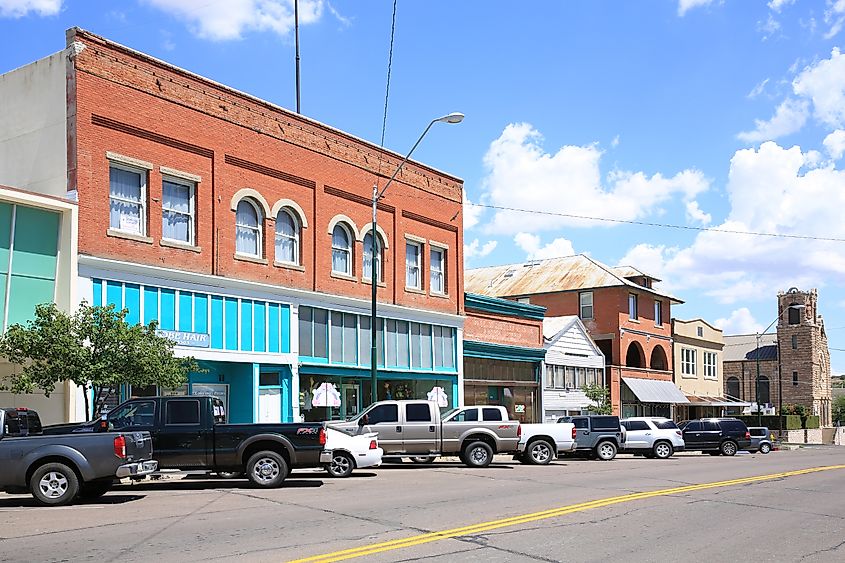
Bordered by the Pinal Mountains, in the heart of Tonto National Forest, Globe is another remote community known for its natural beauty and history. With multiple roads leading to Globe, the historic mining town is much easier to reach than Supai. However, its setting inside the 600,000-acre wilderness still provides a more sheltered feel. While this distance keeps large crowds at bay, history lovers are happy to make the trek for Besh-Ba-Gowah Archaeological Park. The site preserves ancient ruins and artifacts from the Salado people who lived here circa AD 1225 to AD 1400.
April is also a popular time to visit Globe, the season declared “Poppy Month” due to the town’s abundance of golden poppies. The fiery wildflowers can be spotted throughout the community, brightening yards and roadsides. For the remainder of the year, Globe charms visitors with unique attractions like the Stairizona Trail, a 6.4-mile path weaving through town with historic staircases and footbridges. The staircases, once used by the town’s miners, have since been transformed with colorful murals depicting Arizona’s vibrant landscapes and cultures.
Strawberry
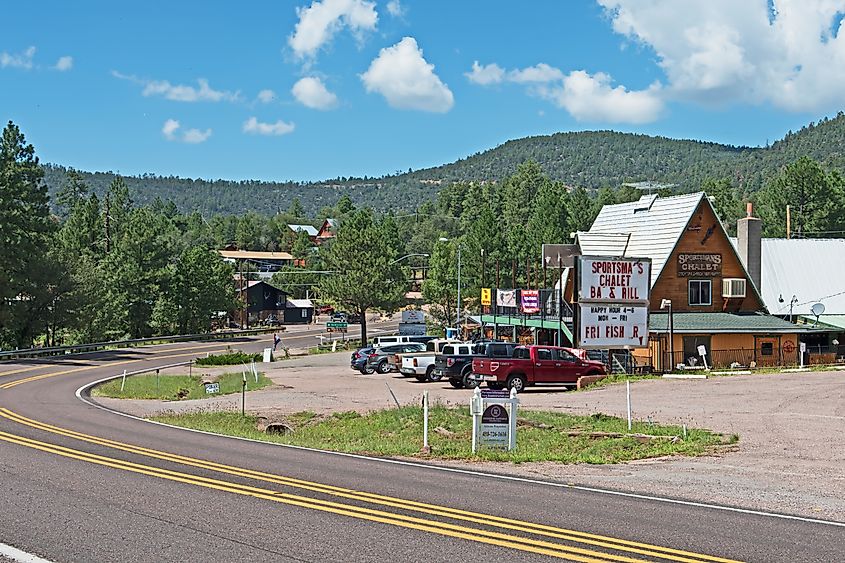
Bounded by the Mogollon Rim and Tonto National Forest, Strawberry is a sweet destination for serene scenes without excessive heat or crowds. Much like Globe, the community’s sequestered setting keeps many tourists at bay. But thanks to its elevation, the town enjoys cooler summers compared to Arizona’s lowland desert towns. Over 5,000-feet-high, the community was named after the wild strawberries that once grew in its valleys. Today, while the berries no longer flourish here naturally, Strawberry still embraces its wild side, encouraging visitors to explore the wonders that surround it.
Many use the town as a homebase for exploring the area’s landmarks and hiking trails, including the Pine Canyon Trail and Pine Loop. Tonto Natural Bridge State Park is another popular destination nearby, known for showcasing the largest natural travertine bridge in the world. For a more challenging hike, the 8.5-mile Bob Bear Trail rewards explorers with a stunning cave and a turquoise waterfall cascading over Fossil Spring. However, keep in mind that permits are required to explore this Arizona oasis from April through October.
Payson
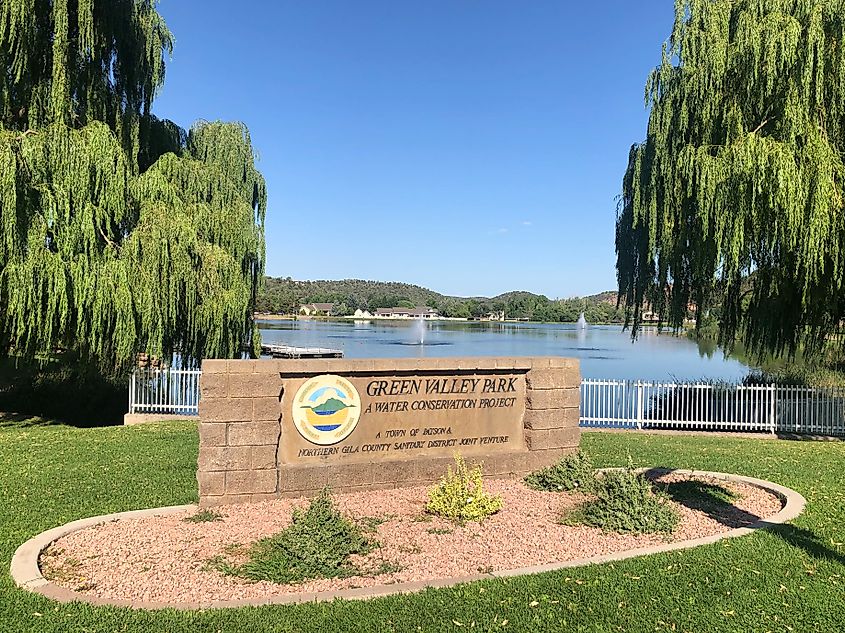
Less than half-an-hour’s drive from Strawberry, Payson is another small town with a spectacular yet underrated backyard. Like Strawberry, Payson sits at an elevation of around 5,000 feet in Arizona's Rim Country, providing milder summers and smaller crowds. Although it is home to the renowned “World’s Oldest Continuous Rodeo,” the town often goes unnoticed in favor of larger cities like Phoenix, resulting in its serene and unspoiled nature.
On the edge of town, visitors can find scenic hiking areas like the Houston Mesa Nature Trail. However, the nearby Houston Mesa Road is one of the town’s best-kept secrets, leading adventurers deeper into the stunning Mogollon Rim. The route showcases wooded hillsides, historical sites like the Shoofly Indian Ruins, and picturesque waterways such as the East Verde River. Less than thirty minutes into the drive, explorers can also discover countless enchanting hiking spots, including the First Crossing Day Use Area, Water Wheel Falls Hiking Trail, and the Ellison Creek Cascades.
Jerome

Even though some have dubbed Jerome a “ghost town,” this historic mining town is more alive than ever. At its peak, nearly 15,000 people lived here in the early 1900s. However, like other mining towns, the boom was only temporary. After Jerome’s mines closed in the 1950s, the community was all but abandoned aside from a few artists who kept the community alive. And while its population has certainly fallen since this boom, with less than 500 locals in 2025, the town’s art scene and historic attractions make it a lively hub.
Today, Jerome is still a hub for artists and creative souls, welcoming art-loving visitors to attractions like the Jerome Artists Cooperative Gallery. History enthusiasts are also attracted to the central Arizona community for sites like the Jerome State Historic Park, Jerome Mining Museum, and Paul & Jerrys Saloon, supposedly the oldest family-owned bar in Arizona. While this underrated town is often overlooked due to its ghostly reputation, its rich history and artistic atmosphere make it well worth a visit.
Superior
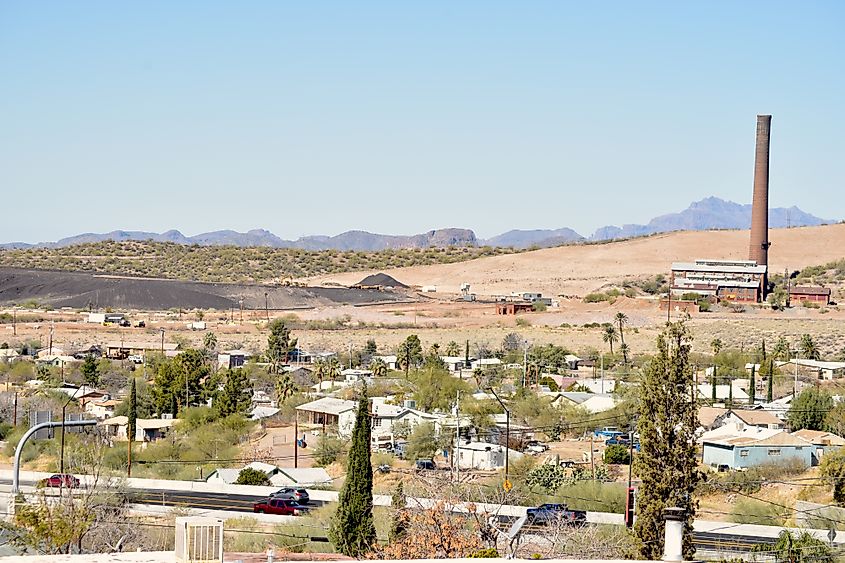
Sandwiched between Picketpost Mountain and the Apache Leap in Tonto National Forest, “world-class adventure awaits in Superior, Arizona.” Much like Jerome, this historic mining town is often underestimated by tourists due to its size and remote setting. However, for nature lovers and thrill-seekers, Superior boasts some of the best hiking trails and outdoor recreation in Arizona.
Using Superior as a homebase, rock climbers can tackle the Queen Creek Canyon, known for incredible climbing spots like Devils Canyon and the Apache Leap. For off-road enthusiasts, the town also offers Superior UTV Rentals, with 35 miles of trails to explore on the Montana Mountain Loop. Superior’s most popular trail, however, is the LOST route, also known as the Legends of Superior Trail. Whether hiking, biking, or horseback riding the nearly 12-mile path, it rewards travelers with views of the Sonoran Desert, canyon overlooks, and the ghost town of Pinal.
Ajo
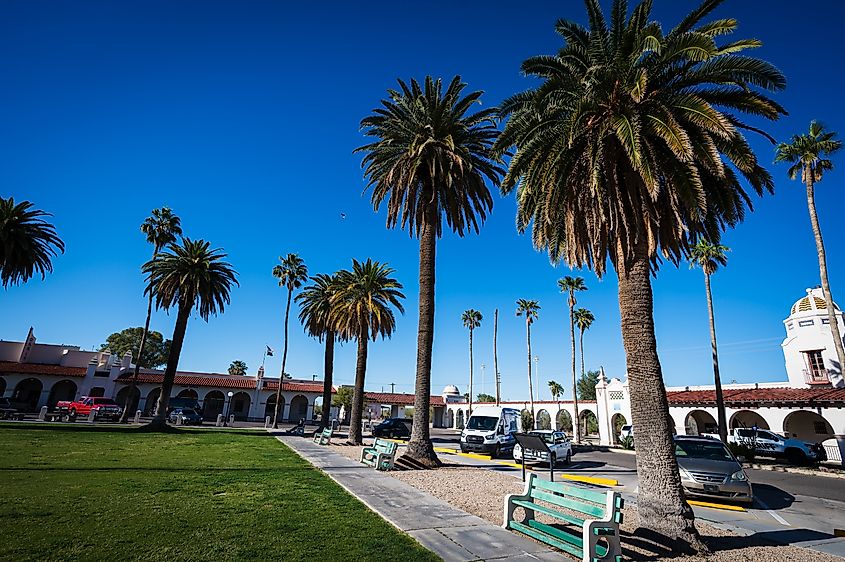
Deep in the heart of the Sonoran Desert, Ajo is the ultimate off-the-beaten-path destination. As the closest community to Arizona’s Organ Pipe Cactus National Monument, this remote desert town is the main gateway to its attractions. While many opt to camp within the Monument at sites like the Twin Peaks Campground, Ajo also offers a variety of accommodations just a short drive from the park, including the Sonoran Desert Inn and Artists Cottage rental.
Spanning 517 square miles, Organ Pipe Cactus National Monument is the best place in Arizona to see its namesake organ-pipe cactuses. However, these unique plants are just some of the many marvels in this “serene and under-visited” preserve, with around 28 miles of paths to explore. Easier routes like the Desert View Trail are recommended for beginners and are ideal for a classic desert sunset. The Arch Canyon Trail is also considered beginner-friendly, featuring natural bridges carved into the Ajo Mountain Range. For a more challenging adventure, hikers can consider the Bull Pasture Loop in Alamo Canyon, favored for its stunning canyon vistas and wildlife viewing.
Patagonia

Described as an “underappreciated mountain town” by The Travel in 2025, Patagonia stands out for its proximity to various parks and preserves, including the esteemed Patagonia Lake State Park. Located in southeastern Arizona, the park is anchored by its namesake lake, a 265-acre reservoir stocked with bass, catfish, and trout. An angler’s paradise, Patagonia Lake is also a beloved summer vacation destination, with picnic areas, a beach, campsites, on-site boat rentals, and a marina. For birding enthusiasts, the park also boasts a half-mile trail leading to the Sonoita Creek State Natural Area in Patagonia, where black vultures, Inca doves, and canyon towhee can often be spotted flying overhead. Elsewhere in Patagonia, the Paton Center for Hummingbirds is another area haven for bird lovers, making it the perfect follow-up.
Discover These Underrated Arizona Towns In 2025
The Grand Canyon will forever shine as Arizona’s most-visited attraction, but that does not mean its other wonders cannot be explored as well. In 2025, consider traveling off the beaten path to discover an Arizona beyond the brochure. Whether planning a waterfall adventure in Supai, a historic tour of Jerome, or a lazy lake day in Patagonia, these underrated towns unveil the state’s diverse offerings, showcasing histories, cultures, and landscapes beyond the usual.
